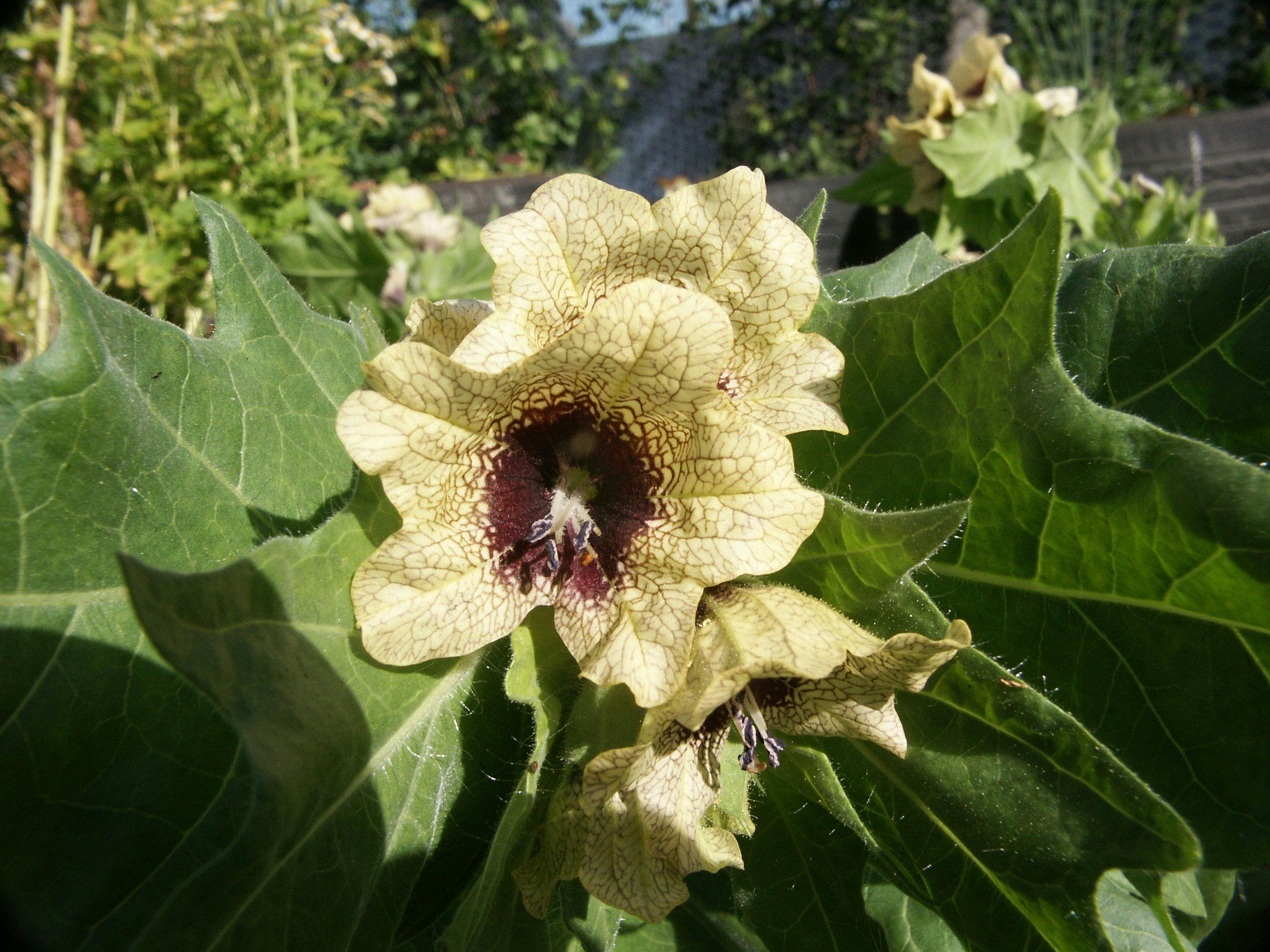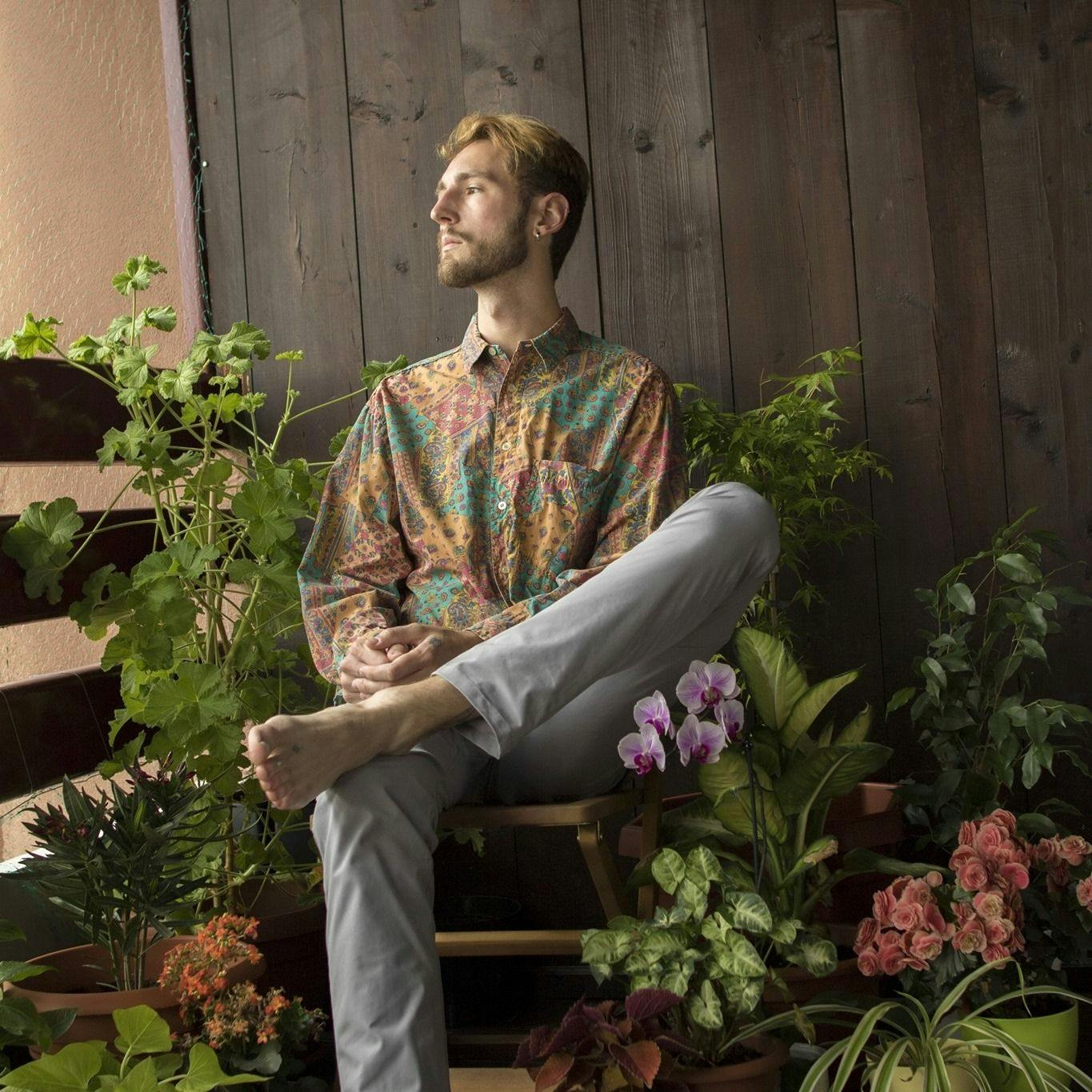Scientific discovery comes in many forms and travels many paths. Sometimes it is a planned endeavour that follows a predictable script from start to finish. Other times, it involves a big dose of sheer dumb luck. The latter was the case that led to the publishing of one of my articles, entitled 'Sagas of the Solanaceae: Speculative Ethnobotanical Perspectives on the Norse Berserkers' in the Journal of Ethnopharmacology (Fatur 2019).
As part of my doctoral research in Ethnobotany at the University of Ljubljana, I had decided to undertake a few (not entirely related) research projects. One project was an examination of the use of hallucinogenic plants and mushrooms in Slovenia, while the other (which was the broader connecting theme of my various research avenues) concerned the use of anticholinergic plants from the Solanaceae (tomato) family in Europe. As a part of the latter, I became familiar with these plants and their effects on the human body, writing and reading about their uses, toxicology, and chemistry. For the former project, I read broadly about the uses of hallucinogens through the ages, as well as many theories about the uses of hallucinogens in the past.
One such hypothesis that I read of was the use of the fly agaric mushroom (Amanita muscaria) as an intoxicating substance among the Viking berserkers. This hypothesis held that the Viking berserkers made use of Amanita muscaria for its psychoactive properties to allow them to enter a vicious rage state that they used in battle. Luck here decided to pop in and help me out. In reading various articles and books that mentioned the use of this psychoactive mushroom by the Vikings, I began to learn about this theory without trying to. Before this, I had never really given the Vikings much thought in my life. However, as I learned more and more about this theory, I began to see holes emerge in it. The berserker warriors were known for entering a vicious rage state during battle. In reading about this, I noticed that the symptoms sounded much more similar to poisoning by anticholinergic substances than from A. muscaria. With this nudge by chance, I began to investigate.
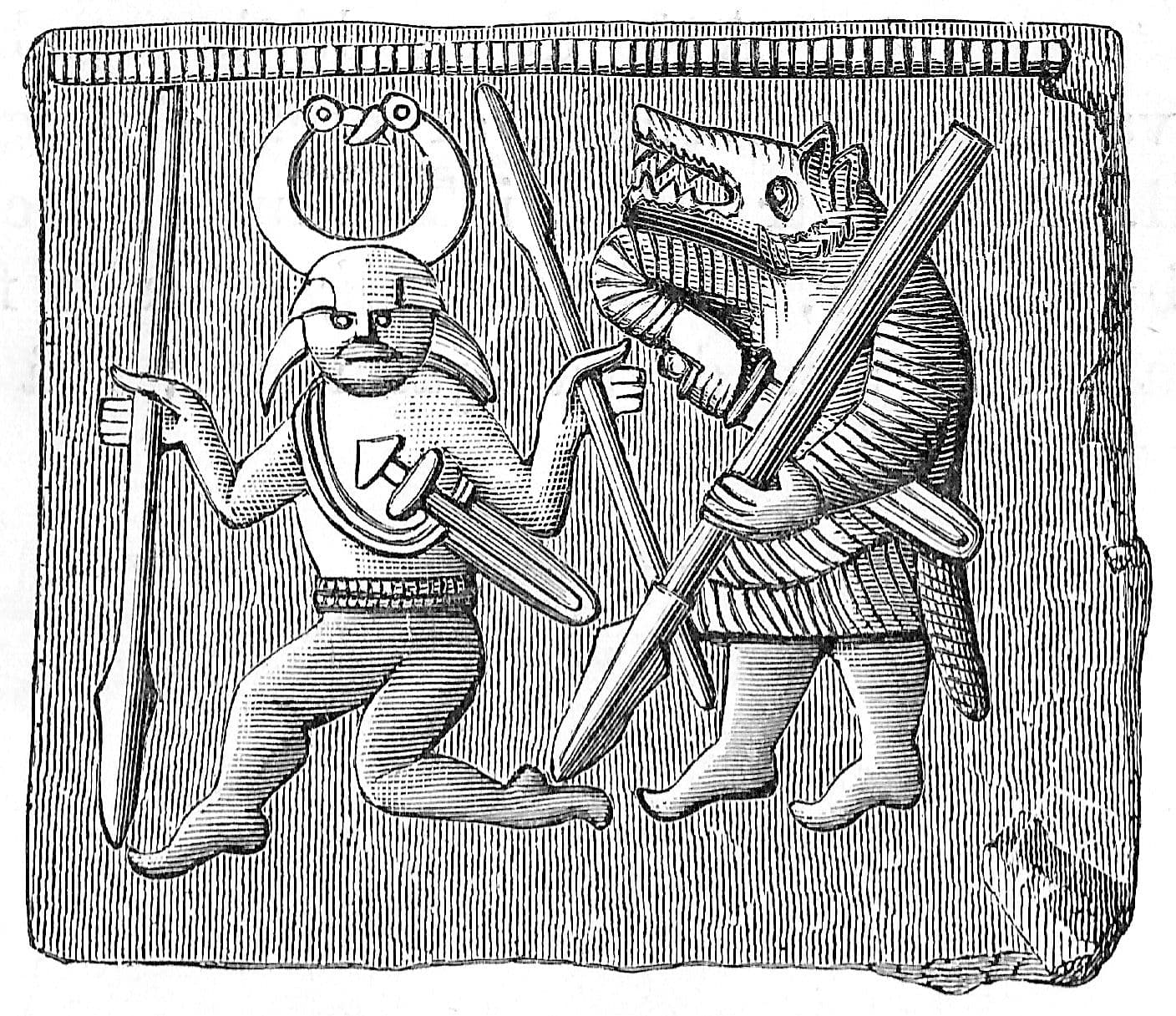
Without going into too much depth, anticholinergic alkaloids are phytochemicals that antagonise muscarine receptors in our bodies in lieu of acetylcholine, a neurotransmitter. This leads to a range of effects on the respiratory, cardiovascular, and nervous system such as dilation of the pupils, drying of mucous membranes, slowing of digestion, flushing of skin, headache, loss of coordination, restlessness, and hallucinations, to name a few (Ketchumet al.1973; Gadzikowska and Grynkiewicz 2002; Arroo, Woolley, and Oksman-Caldentey 2007; Brown and Laiken 2011; Maheshwari 2013; Sayin 2016). These substances are called scopolamine and hyoscyamine/atropine, and are limited to a few genera in the Solanaceae. In Europe, these are Atropa, Datura, Hyoscyamus, Mandragora, and Scopolia (Arroo, Woolley, and Oksman-Caldentey 2007). It is worth noting that although these substances have been used as medicines and recreational drugs for centuries, they are also highly poisonous and potentially lethal to humans, and are thus best avoided.
Now, I knew that the use of these plants created symptoms similar to those listed in accounts of the Viking Berserkers and that those caused by Amanita muscaria did not fully explain this effect. The next step was figuring out if any of them actually would have been available to the Berserkers. Though not much is known about this group of elite fighters among the Vikings, we do know that they lived in Scandinavia around 870-1030 CE and were known to enter a special state in battle that made them especially formidable (Fabing 1956). With this in mind, I began to consult the archaeological literature on this region and time period. Despite initially seeming a monumental task, this actually went quite well, as most of the aforementioned plants were limited to areas other than Scandinavia at this time, and thus could be ruled out. The only plant that showed up in the archaeological records was black henbane, or Hyoscyamus niger.
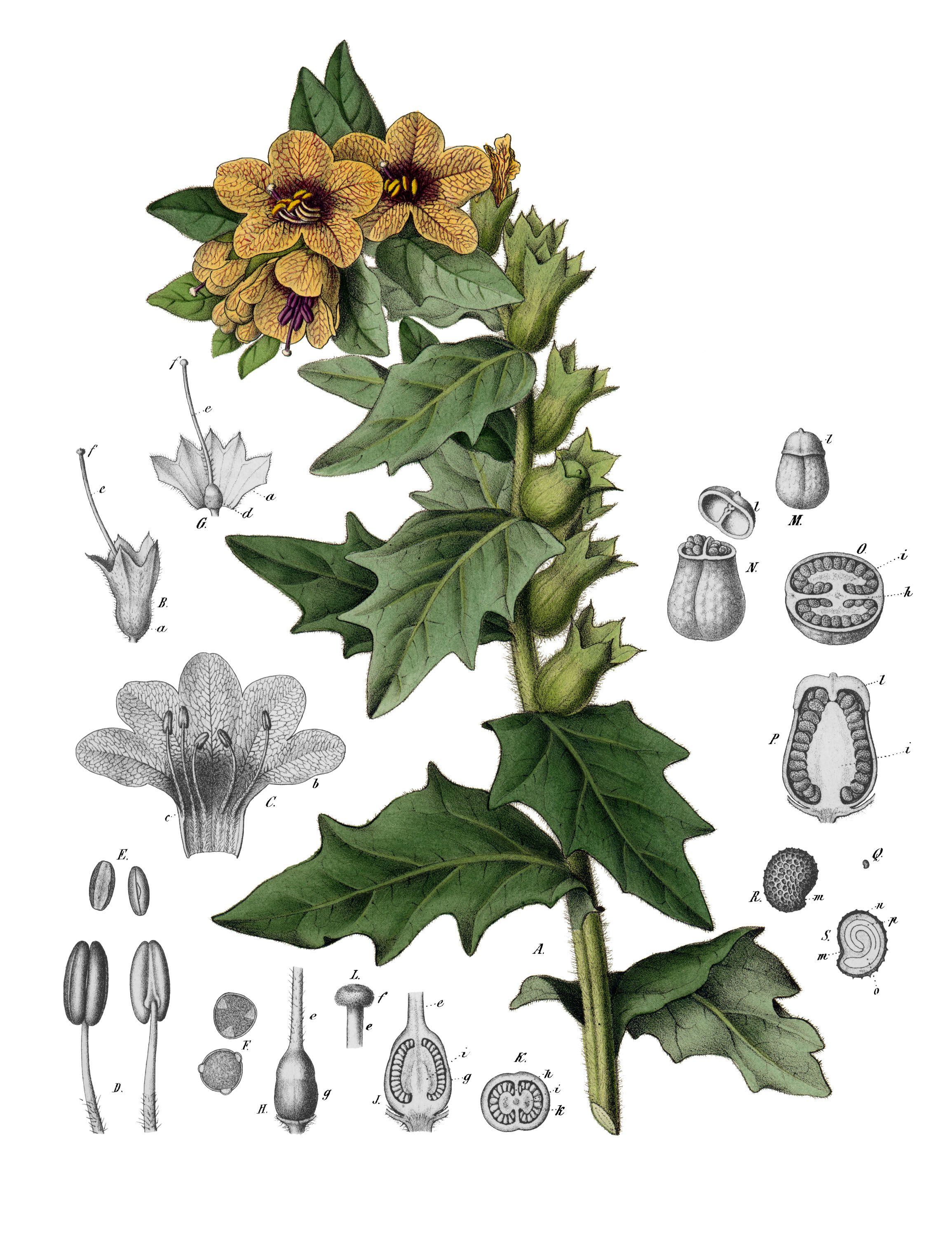
This was when I got really excited. I knew this plant was widely available to the Vikings, I knew it had been used throughout Europe for thousands of years, and one archaeological find from Denmark in this period even suggested that H. niger may have been used as a ritual intoxicant (Pentz et al. 2009). I set about methodically comparing the symptoms of this plant and A. muscaria with those associated with the Viking Berserkers, and, as I had already suspected, H. niger matched the profile much more closely. As a result, I concluded that H. niger was a much more likely potential intoxicant of the Viking berserkers in entering their rage state than A. muscaria and went about writing up my findings.
After this, the article was submitted and published and that was seemingly that. A while later, however, I was scrolling through Facebook and saw that the popular site IFL Science had run an article on this same topic. I was shocked (and worried that I had somehow accidentally published the same idea at the same time as someone else), but it turned out that they had found my article and run a story on it! From there, it blew up online and I began receiving emails from all over the world with people wanting more information and requesting interviews. Since then the story has been covered on a range of news and science sites such as Ars Technica and The Times.
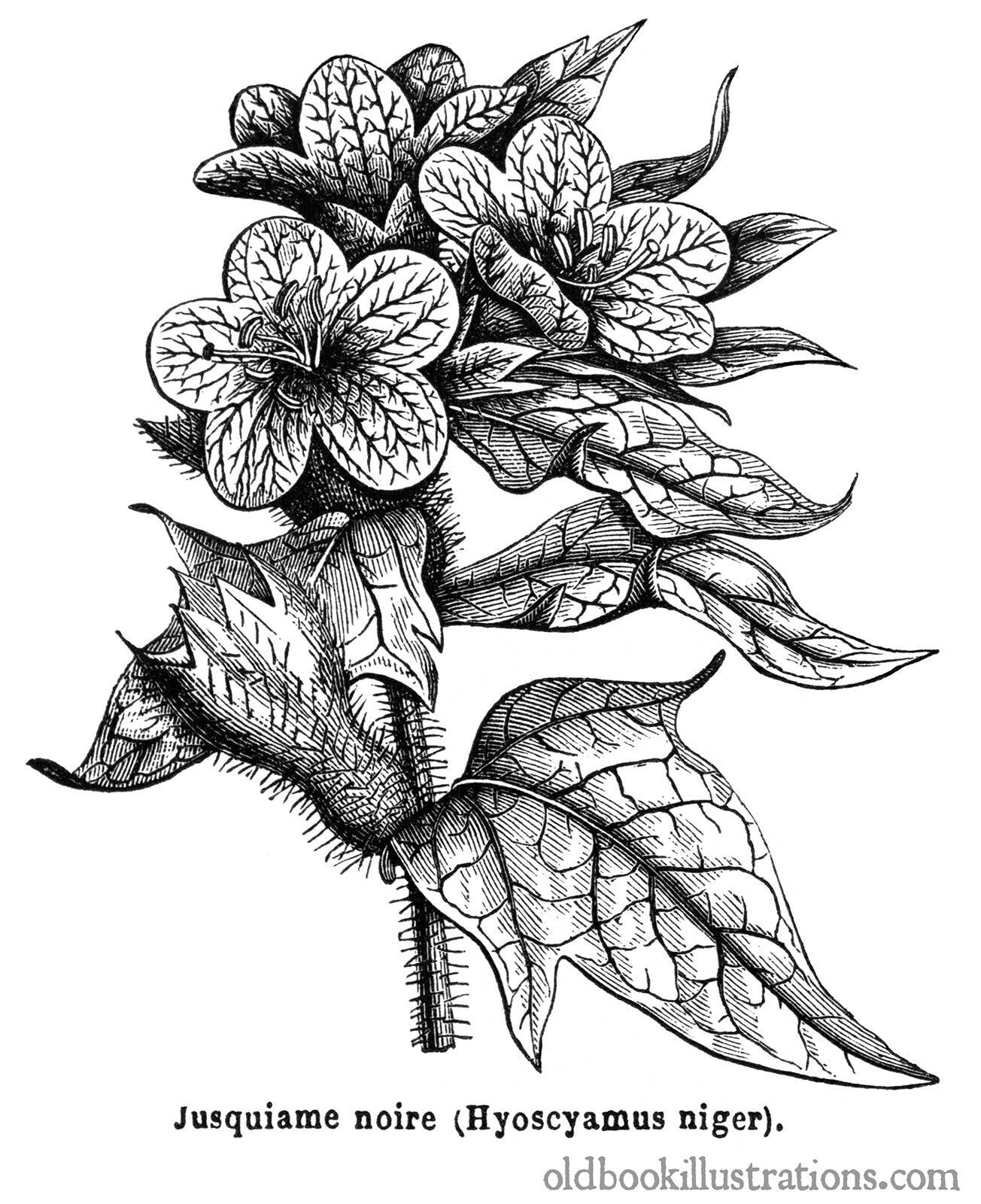
I have to admit, the wave of excitement around my work was satisfying. It was great to know that other people thought that this information was as interesting as I did. Over the previous years I had struggled to find the value of my planned research. I wouldn't be curing cancer or finding a way to end world hunger by researching hallucinogenic plants, but still, it is a topic that captivates me, as it clearly does others as well. This has helped me feel more at home in the field of ethnobotany, knowing that my research will always be of interest to someone, even if I am not able to fix all of the problems in the world.
I guess the moral of the story is that you need to follow your passions, no matter how niche they may seem. Not only are we able to become the best versions of ourselves when we feel self-actualised, but we are also better able to contribute to the world when we feel this way. I may never be a world hero who saves lives, but I came up with a theory that (in my opinion at least) is pretty cool and seems to have brought ethnobotany to the attention of many people. I will keep going with my research, and hopefully reach even more people in the future as I continue studying things that interest me.
NB If you would like to read the full article and don't have access to the journal, you can read the preprint for free here.
References
Arroo, R. R. J., Woolley, J. G., and Oksman-Caldentey, K. M. 2007. Tropane alkaloid containing plants — Henbane, Belladonna, Datura, and Duboisia. In: T. Nagata, H. Lörz, and J. M. Widholm (eds.) Transgenic Crops VI, Section II: Medicinal Crops, Biotechnology in Agriculture and Forestry, Vol. 61. Berlin: Springer-Verlag. Pp. 2–20. Brown, J. H. and Laiken, N. 2011. Muscarinic Receptor Agonists and Antagonists. In: L. L. Brunton., B. A. Chabner, and B. Knollman (eds.) The Pharmacological Basis of Therapeutics, Twelfth Edition. Columbus, OH: McGraw-Hill Inc. Pp. 219–238. Fabing, H. D. 1956. On Going Berserk: A Neurochemical Inquiry. American Journal of Psychiatry 113(5):409–415. Fatur, K. 2019. Sagas of the Solanaceae : Speculative Ethnobotanical Perspectives on the Norse Berserkers. Journal of Ethnopharmacology 244:112151. Gadzikowska, M. and Grynkiewicz, G. 2002. Tropane Alkaloids in Pharmaceutical and Phytochemical Analysis. Acta Poloniae Pharmaceutica — Drug Research 59(2)149–160. Ketchum, J. S. et al. 1973. Atropine, Scopolomine, and Ditran: Comparative Pharmacology and Antagonists in Man. Edgewood Arsenal Technical Report. Maheshwari, N. O. 2013. Rediscovering the Medicinal Properties of Datura sp.: A Review. Journal of Medicinal Plants Research 7(39):2885–2897. Pentz, A. P. et al. 2009. Kong Haralds Vølve. Nationalmuseets Arbejdsmark, pp. 215–232. Sayin, H. U. 2016. Psychoactive Plants Used during Religious Rituals. In V. R. Preedy (ed.) Neuropathology of Drug Addiction and Substance Misuse, Volume 3. London: Elsevier. Pp. 17–28.
